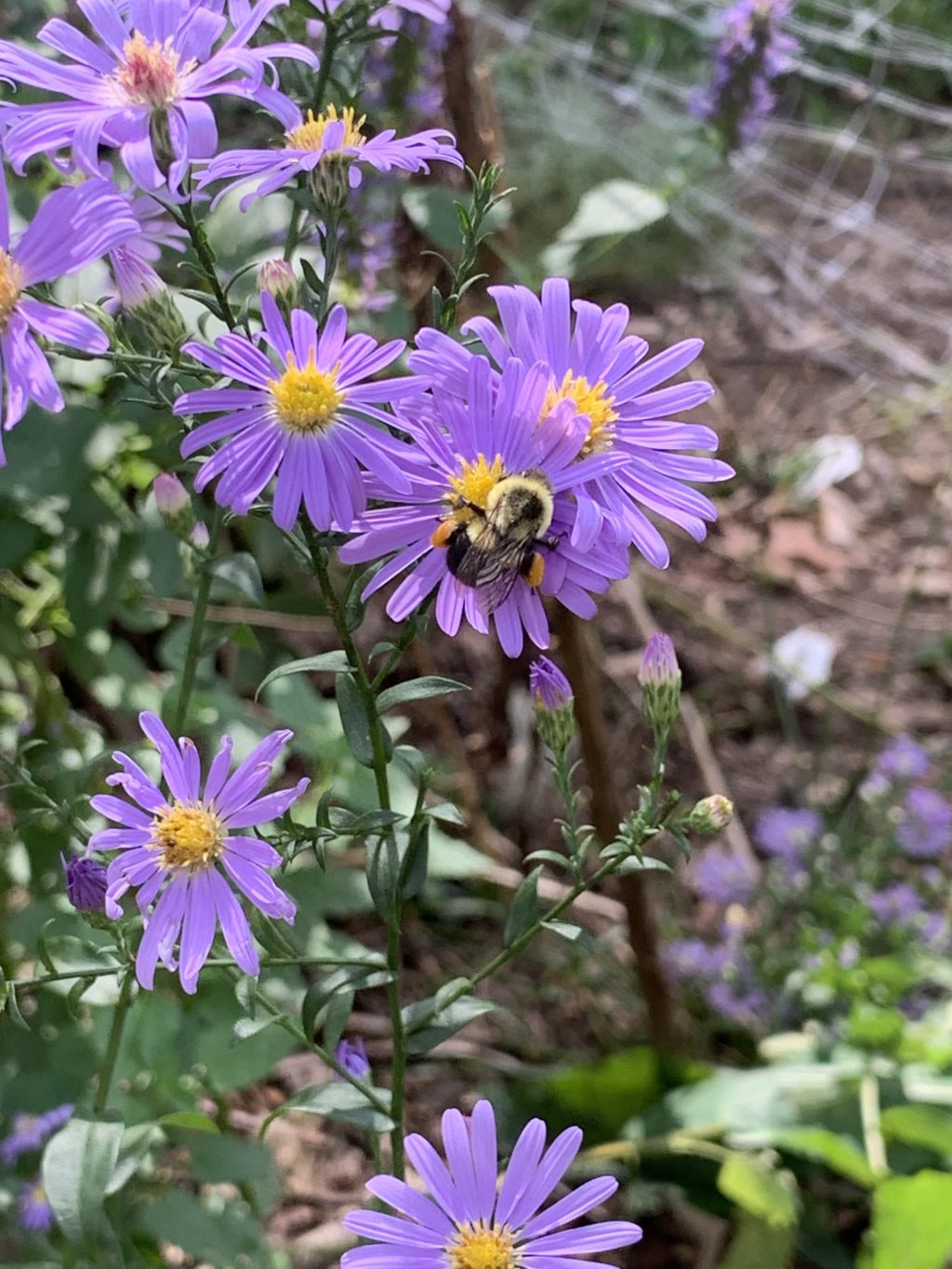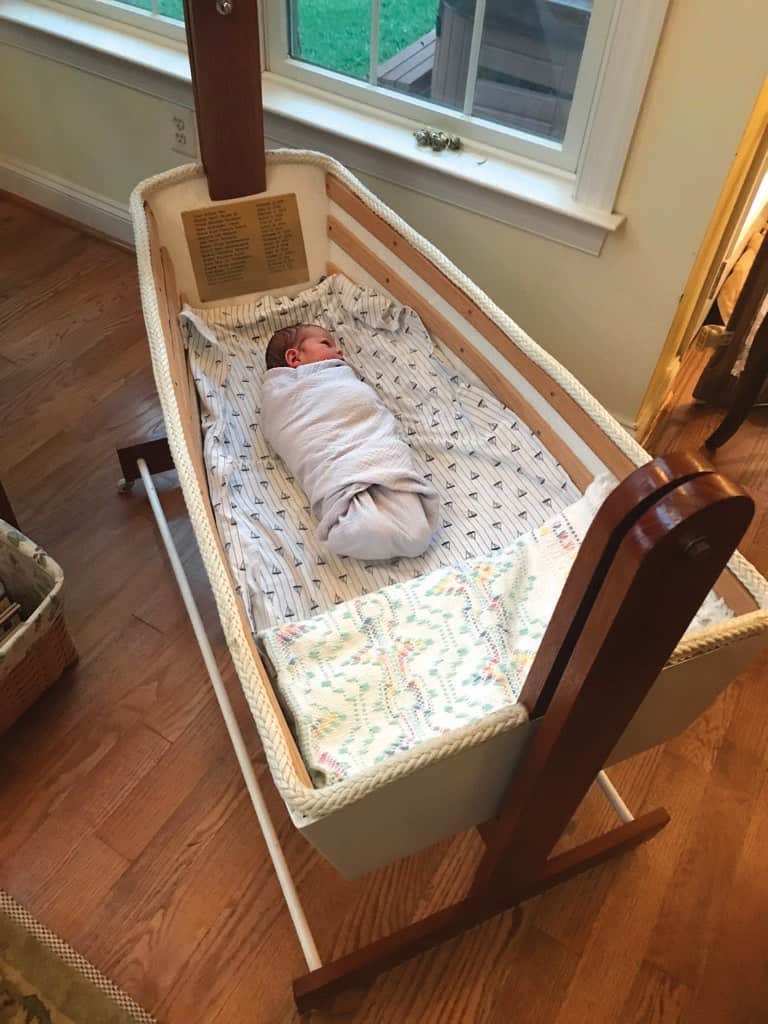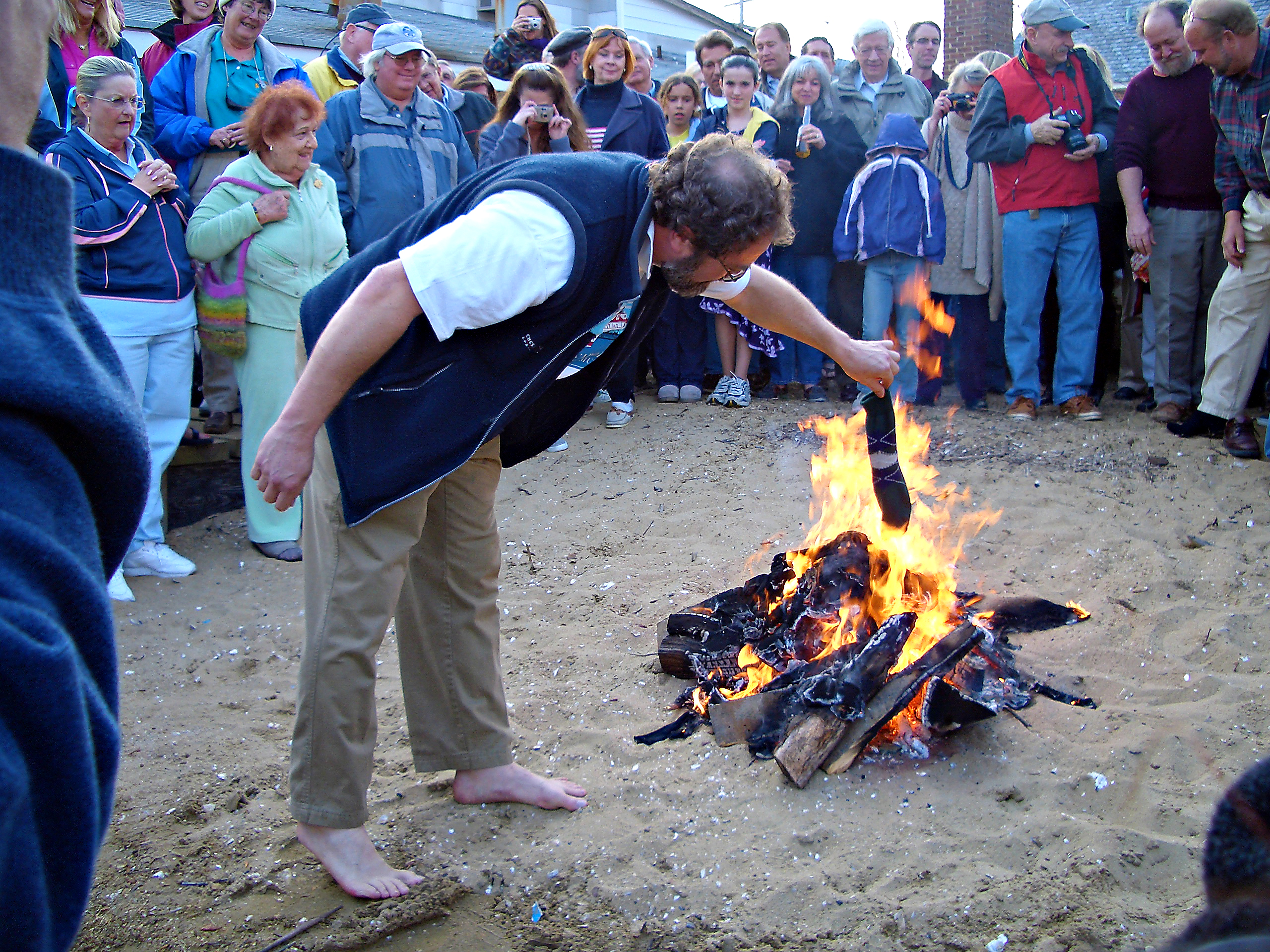Several years ago, I visited many famous gardens in England. I was delighted by the number of pollinators flying around—especially the bees buzzing in the flowers. It was a good time for a busy bee and they had no interest in me but were focused on all the nectar-rich flowers. As I began trying to identify the plants in the garden, I was amazed to realize that the majority were plants native to the United States, mainly the East Coast. So even when our native plants are grown in another country, they still attract an amazing array of insects.
The use of native plants is becoming more popular because we are now recognizing their importance to the ecosystem—keeping things in balance. Not only do they help to restore and create habitat, but native plants are specifically adapted to local soils and climates. They require less water and fertilizing and are more resistant to insects and disease. Local animal species have evolved with these plants and use them for food sources and protection.
Doug Tallamy, an entomology professor at the University of Delaware, helped to popularize the use of natives with his book Bringing Nature Home. His research zeroed in on local plants that support a wide variety of caterpillars that feed local birds.
Another professional spreading the gospel of native plants is Dr. Laurie Fox, a horticulture associate at Virginia Tech. Fox hosted an online workshop recently for the Norfolk Botanical Garden to answer questions from gardeners about landscaping with native plants. Fox said that using native plants is “good for you” and the environment. Natives should be in the landscape for “resiliency, fun, education” and because it’s “the right thing to do”.
Fox says to keep “the vertical landscape” in mind when planting natives. This includes the upper tree area, understory tree, shrub, and herbaceous and ground cover areas. Some of my favorite natives in these categories are the willow oak, the sweetbay magnolia, the coral honeysuckle vine, the herbaceous perennial smooth aster Bluebird and Robin’s plantain.
Natives are best used in an environment that mimics their natural habitats, be that next to a water source, in a container, or in a rain garden. Pay attention to how much sun the plant naturally gets, the moisture content of the soil, and if it prefers slopes or flat land. Fox suggests starting “small” and using native plants in 60 to 70 percent of the landscape.
When planning a landscape, consider the maintenance. Don’t put too much in at once. Will you do the maintenance yourself or will you pay somebody to do the work? Know your abilities, and what the plants need, such as mulching, fertilizing, pruning, and when to let it go. If you don’t like pruning perennial grasses, then you shouldn’t plant them.
Sometimes natives aren’t a good choice because of their specific needs, says Fox. Because they like to grow socially in a group, some native plants require more space than an ornamental plant would. A large variety may not fit well in a particular landscape. Or perhaps a native isn’t as attractive as a perennial would be. They can also be hard to find to buy, and they can also sometimes be aggressive and take over a garden.
Find native plants for sale in the Norfolk area at Southern Branch Nursery, Four Seasons Nursery, and Lady Ferns Nursery. Native plants in Maryland are sold at Beaver Creek Cottage Garden, Homestead Gardens, Greenstreet Gardens, and Adkins Arboretum.
Always get a soil test when starting a garden. Once you start to nurture a habitat, the fauna will return.
Other great books on native gardens are The Living Landscape by Doug Tallamy and Richard Darke, and Planting in a Post-Wild World by Thomas Rainer and Claudia West.
Learn more about native plants at the Virginia Native Plant Society www.vnps.org, The Maryland Native Plant Society, www.mdflora.org, The Maryland Cooperative Extension Program, https://extension.umd.edu/resource/recommended-native-plants-maryland, the Virginia Institute of Marine Science, https://www.vims.edu/ccrm/outreach/teaching_marsh/native_plants/index.php, and the Virginia Plant Atlas, http://vaplantatlas.org/.
For great displays of native plants in Virginia, head to the Norfolk Botanical Garden, the Virginia Tech Research Center in Virginia Beach, and Back Bay National Wildlife Refuge.
In Maryland, visit Adkins Arboretum in Ridgely, Patuxent Research Refuge in Laurel, Cylburn Arboretum in Baltimore, The National Arboretum in D.C., and Beaver Creek Cottage Gardens in Severn.
Maria Price is a gardener and herbalist and owns Beaver Creek Cottage Garden in Severn, Md.




